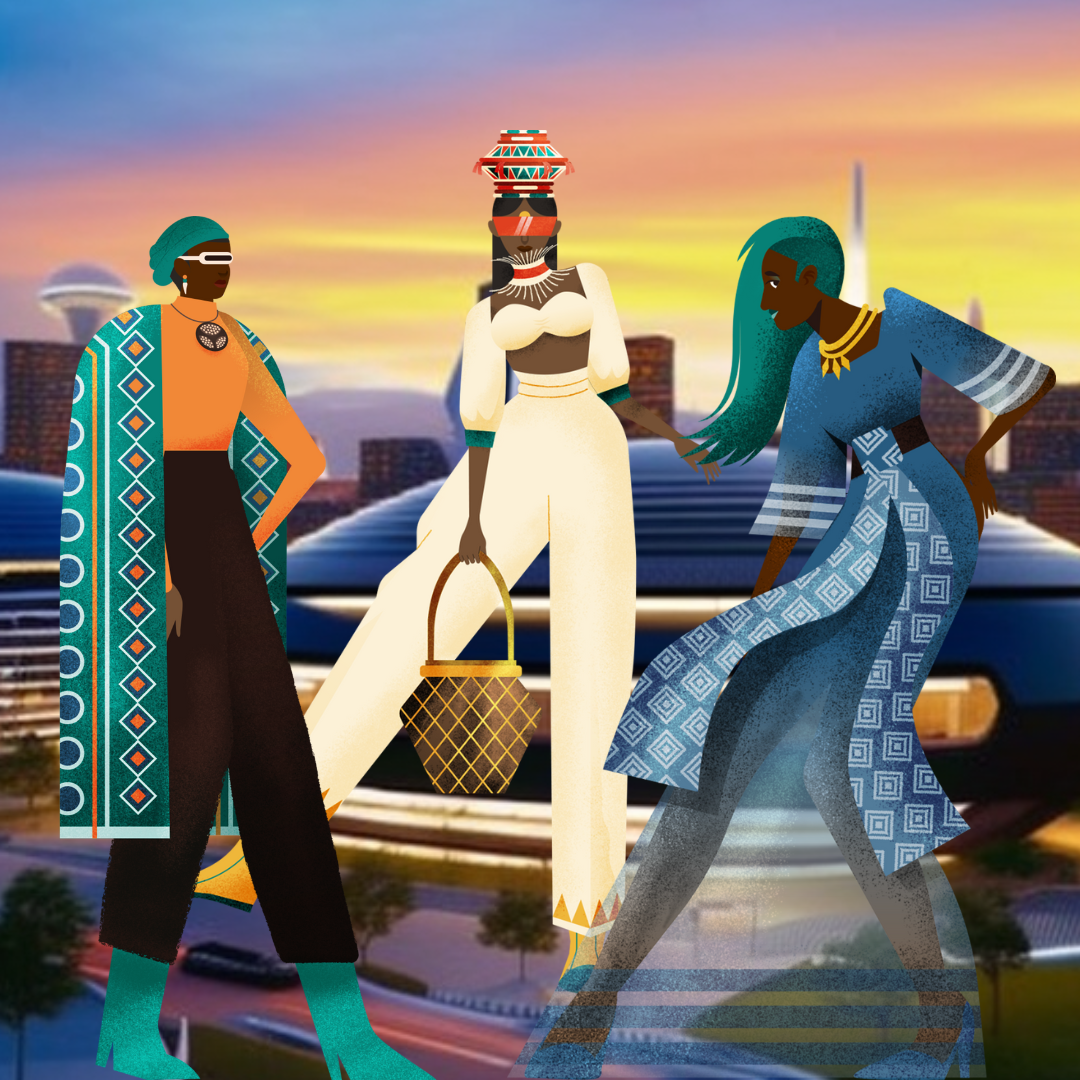Making Black History Actionable
I had been thinking a lot about Black History Month leading up to February. I am well aware of the current political discourse and recognize that the very perspectives that need to be shared are those that are being edited out of our schools and libraries. There appears to be an appetite for the triumphant stories of the traditional Black leadership canon, but little tolerance for how the ideas, thoughts and values have evolved over time—or will continue to evolve. This is one of the reasons I find the concept of Afrofuturism to be so interesting. It challenges you to imagine what could have been if it were not for many of the atrocities that black people historically endured.
During the pandemic, I had the opportunity to virtually commune with a subset of the user-experience design community and learned that Afrofuturism is a helpful frame for designing for equity. It essentially makes Black History actionable, and that is exciting. The National Museum of African American History defines Afrofuturism as “ …an evolving concept expressed through a Black cultural lens that reimagines, reinterprets and reclaims the past and present for a more empowering and inclusive tomorrow." Afrofuturism is essentially the practice of design without the burden of disparities or limitations presented in our current existence.
Though I had been aware of the genre for several decades, I had relegated it only to the creative world and only as an aesthetic popularized in the 1970s. If you are having a hard time visualizing what I mean, refer to Sun Ra or George Clinton. I have seen George Clinton in concert five times, and I highly recommend the experience. These artists were considered avant-garde and the style didn't occupy the mainstream much. Until the Black Panther Marvel film. Many consider the representation of Wakanda on screen was but one visualization of a Black future, had colonization and resource extraction had not occurred.
Also, author Octavia Butler often imagined very different futures for her characters, thus challenging how you have been taught to see the world. There is an interpretation of her book “Kindred” currently streaming on Hulu. In this story, she explores time travel and how a modern black woman would fare in pre-Civil War America, where modernist ideas could get you flogged, whipped or even killed. It is truly unsettling to watch. Or, you can explore Janelle Monae, who—through her music and her ArchAndroid persona— explores a future that celebrates true intersectionality and sexual freedom.
While the picture these artists paint may be fantastical, they do stretch you to imagine what we could do to generate a different outcome. What if we applied this perspective to solving healthcare problems? What could result from shifting your perspective and challenging some of the ideas you always assumed were true?

